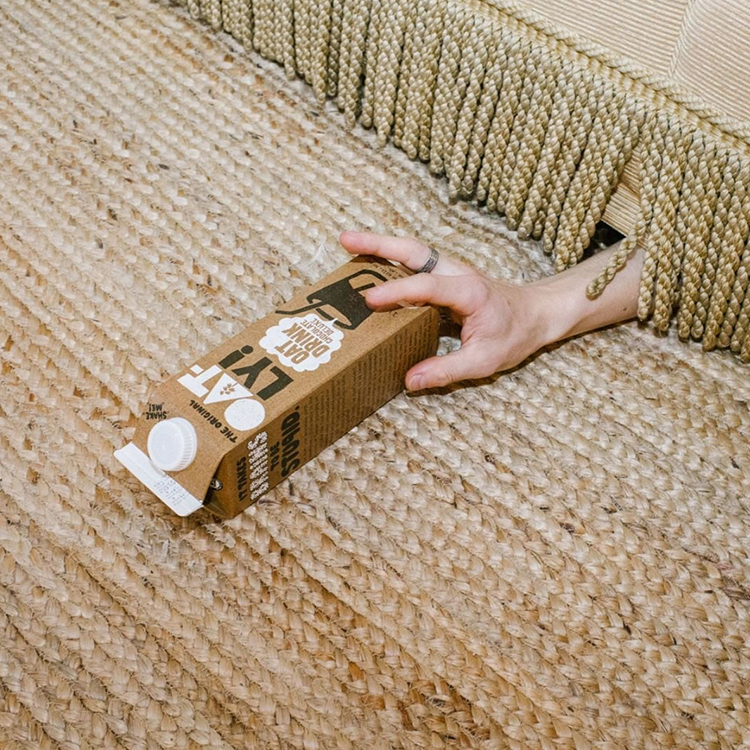If your gastronomic knowledge of oats stalled with the smiling Quaker in the black broad-brimmed hat, you may be wondering what the fuss over oat milk is all about. But it’s everywhere these days, from the most discerning coffee shops and grocers to the Instagram accounts of influencers.
Defying the coronavirus-induced back-to-basics trend that is sweeping American supermarkets, oat-milk sales in the United States are continuing their spectacular growth in 2020 after surging by 686 percent last year. This galloping transition to plant-based milk alternatives is so powerful that Dean Foods, the largest U.S. dairy producer, filed for Chapter 11 bankruptcy protection last year.
Frothy Stuff
Meanwhile, Oatly, the Malmö, Sweden–based oat-milk company that invented the beverage and is the world’s largest producer of it, recently sold a $200 million stake in its business to a group of investors including Natalie Portman, Jay-Z, Oprah Winfrey, and Howard Schultz. Now valued at around $2 billion, it was founded in 1994 and is opening a second U.S. factory this year, in Ogden, Utah. It’s also eyeing a major expansion in China, where a significant percentage of the population is lactose intolerant.

At the beginning of the pandemic, astute consumers stocked up on Oatly, and the run on the product only served to increase the demand for it. While the brand is ramping up production as quickly as possible, it is still struggling to avoid shortages.
“How do we supply when the growth is this crazy?” lamented Toni Petersson, Oatly’s C.E.O., to The Guardian in 2019. So enormous is the fervor from the growing legions of American oat-milk-lovers—41 percent of American households now buy dairy-free milk, and an estimated 65 percent of adults have some degree of lactose intolerance—that last year Oatly was selling on Amazon for $25 a carton.
Suffice it to say that oat milk not only has certain health benefits—it’s protein- and nutrient-rich, includes a fair amount of fiber, may lower one’s risk of heart disease and your cholesterol—but it tastes good, too. Buttery, thick, and very close to dairy milk. Importantly, it also foams, which makes it especially useful in a coffee-bar setting.
“How do we supply when the growth is this crazy?”
Of all the plant-milk options, including soy and almond, both of which are notoriously water-intensive to produce, oat milk is the most environmentally friendly. To produce one pound of oats takes one-sixth the amount of water and resources needed for a pound of almonds. Furthermore, growing oats requires much less land than raising dairy cows. Fewer greenhouse gases are emitted in the production of oat milk than in that of dairy, rice, or soy milk.
Other environmentally conscious and financially savvy stars are getting in on the non-dairy trend. Actors Leonardo DiCaprio and Jared Leto, supermodel Karlie Kloss, and professional snowboarder Shaun White were among those who made a $50 million investment in another vegan-milk brand, Califia Farms, a Bakersfield, California, company known for its rich, creamy almond milk, which launched its first oat variety last year.
“The gardener’s rule applies to youth and age: When young ‘sow wild oats’; but when old, grow sage,” wrote Henry James Byron, the 19th-century British dramatist. Given oat milk’s many virtues, this aphorism might be updated with a modern coda: And ditch the dairy.
Alexander Lobrano is a writer and restaurant critic. The second edition of his Hungry for Paris: The Ultimate Guide to the City’s 109 Best Restaurants is out now


